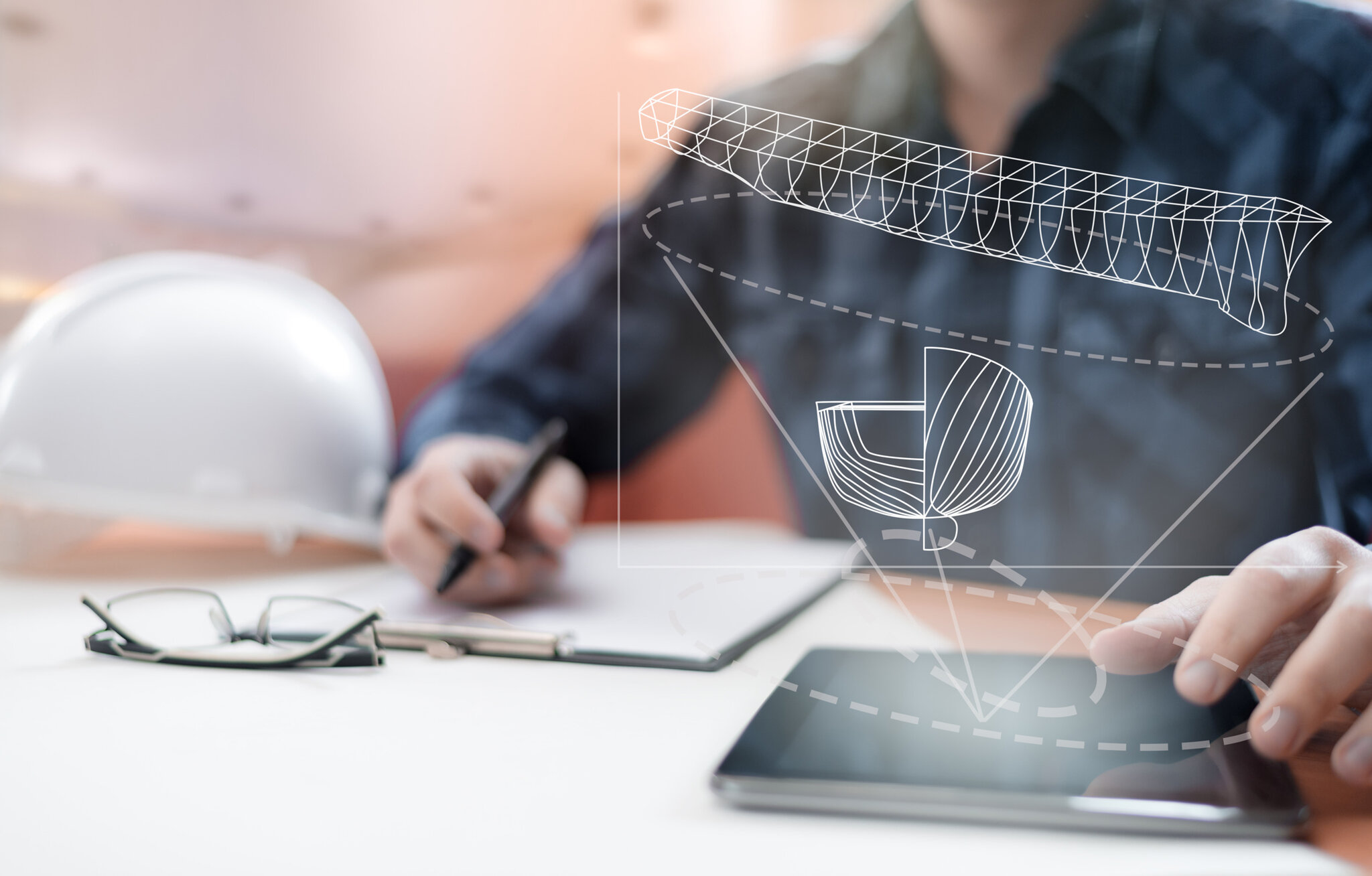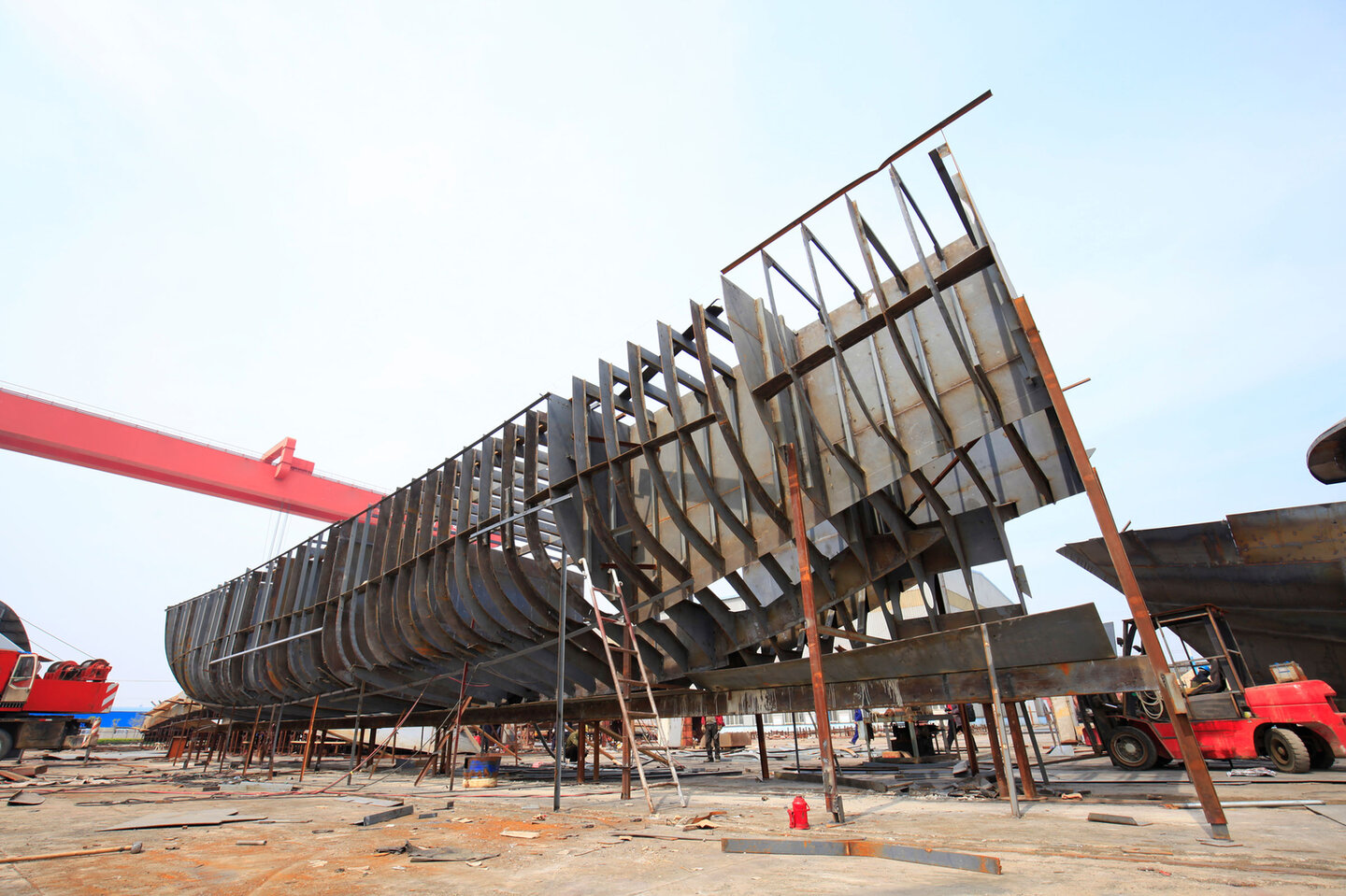Comment
The future of maritime decarbonisation starts with vessel design
Antti Yrjänäinen, marine & offshore energy project & sales manager at Elomatic, on how updated design practices can help accelerate decarbonisation in the maritime sector.

In the rapidly evolving maritime industry, shipowners face an unprecedented array of complex challenges within the current landscape. Decarbonisation has evolved beyond a regulatory requirement – it is now a multifaceted issue that directly impacts the commercial viability of fleets for decades.

Antti Yrjänäinen, marine & offshore energy project & sales manager at Elomatic
As a result, the sustainability credentials of a vessel must be given detailed consideration, whether for a new build or retrofit project. This means that, for shipowners and operators, selecting the right design partner is essential to navigating the path to successful, future-proofed fleets.
As the industry transitions to more sustainable practices, the technology, systems and operational environment are becoming more complex. As a result, owners need support in developing innovative, smart and sustainable newbuilding ship concepts. They also need a partner to scrutinise existing fleets’ ability to comply with the upcoming tightening of regulations.
The decisive role of design in decarbonisation
It is widely regarded that the decarbonised future of shipping relies on achieving low-carbon fuel viability at scale. However, many barriers currently inhibit the adoption of alternative fuels, and as the industry moves closer towards its net-zero deadline, all available energy efficiency and green technology solutions must be leveraged if industry targets are to be met.
This means that, at its core, decarbonisation is a design challenge – now more than ever.
Decisions made today will shape a shipowner's commercial future, with the introduction of more stringent regulations, like EU ETS and the newly introduced FuelEU Maritime, as well as compliance mechanisms such as CII and EEXI.
A strategic modification in design can ripple across decades of operations, improving fuel efficiency, safety, and profitability. Elomatic’s approach combines simulation and analysis to model every possibility, ensuring every option is thoroughly explored.
Hull form optimisation is a prime example and represents one of the most effective strategies for reducing emissions and mitigating the costs of future fuels. Elomatic leverages its vast computational fluid dynamics (CFD) expertise to design vessels that are not only efficient today but also adaptable for tomorrow. This process enhances fuel efficiency while ensuring stability and safety across diverse operational profiles.
For shipowners, decisions made at the design stage – whether that be incorporating alternative fuels, adopting new technologies, or improving the performance of existing vessels – are among the most critical choices they will face.

Designing for future fuels
The transition to low-carbon fuels – such as green hydrogen, ammonia, and methanol – has many challenges, from lower energy density to increased safety hazards. Designing vessels for these fuels requires meticulous planning and advanced technologies. Fuel economy is now more important than ever, as it is essential to balance transport capacity with fuel storage without compromising the ship's primary purpose.
As IMO regulations for the use of hydrogen or ammonia marine fuels are not yet fully confirmed, the SOLAS alternative design protocol should be applied when designing ships to use them as fuel. This involves extensive investigation and analysis, but by doing this, the safety of new alternative fuel systems can be designed and built so that their safety is at the same level as that required for today's hydrocarbon-based fuels.
Elomatic’s work with NYK Line showcases this capability. In partnership with Elomatic, NYK developed scalable ship concepts designed for future fuel conversions, balancing safety, cargo efficiency, and cost-effectiveness. For example, the design process explored optimal tank placement to accommodate ammonia’s properties without compromising on cargo capacity. These detailed assessments empower shipowners to confidently adapt to emerging fuel technologies.
From conceptual designs to intricate optimisations, Elomatic’s expertise spans the full spectrum of maritime design. Our Elogrid solution demonstrates how even small innovations can deliver substantial impacts. By reducing water resistance and fuel consumption, Elogrid enhances a vessel’s Carbon Intensity Indicator performance, achieving up to 2% fuel savings and significant reductions in GHG emissions.
This innovation not only improves fuel efficiency but also enhances the performance of the bow thruster, highlighting the importance of advanced modelling capabilities. By harnessing sophisticated simulations, even the smallest design components can contribute to the industry’s decarbonisation goals.